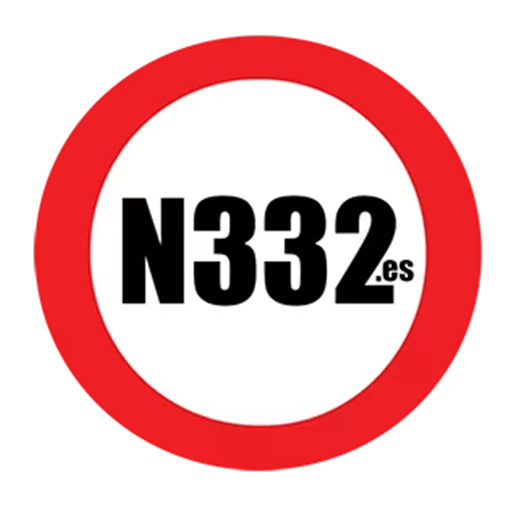As summer arrives, many of us look forward to enjoying Spain’s beautiful dog-friendly beaches with our canine companions. However, getting your furry friend to the seaside safely often involves a car journey, and it’s crucial to understand the rules and best practices for transporting pets in your vehicle.
Contents
Securing Your Canine Companion
The paramount rule for travelling with pets in a vehicle in Spain is that animals must be properly secured and must not, under any circumstances, be able to interfere with the driver. This is not just a recommendation; it’s a legal requirement. A common sight on summer roads, though highly dangerous and illegal, is a beloved pet perched on a passenger’s lap, completely unrestrained. This poses a significant risk to both the animal and all human occupants, especially in the event of sudden braking or a collision. Expect an immediate fine of around €80 for having an insecure animal in your vehicle.
Allowing your dog to roam freely in the car, or even to hang its head out of the window – a favourite pastime for many dogs – is also prohibited. Such actions can dangerously distract the driver, obstruct visibility, and put the animal at severe risk of injury from passing vehicles or road debris.
Safe Restraint Options
So, what are the approved methods for keeping your dog safe and secure?
Pet Carriers, Cages, or Crates: These are excellent options, but it’s vital that the carrier itself is then properly secured within the vehicle. A loose carrier, even with a contained dog, can become a dangerous projectile in an accident.
Dog Seatbelt Harnesses: You can purchase specific dog harnesses designed to attach to your car’s seatbelt fixtures. These are permissible provided the animal is securely restrained and cannot reach the driver. For this reason, the front passenger seat is generally not the best place for a dog, even with a harness, as they could still potentially interfere with controls or distract you. The back seat, with an appropriate restraint, is usually the safest option.
Dividers/Grilles: For larger dogs or those who travel better in the boot of an estate car or SUV, a secure dog guard or grille separating the boot from the passenger compartment is an effective way to prevent interference with the driver and keep the dog contained.
Additional Safety Considerations
Remember, animals can be unpredictable, especially in unfamiliar environments. A loose dog, even one that is usually well-behaved, could suddenly jump into the driver’s lap, block vision, or get under the pedals, leading to a serious accident. In the unfortunate event of a crash, an unrestrained animal would suffer considerable, likely fatal, injuries.
When taking breaks on longer journeys for your dog to relieve itself, always ensure you have a leash and maintain control. In strange surroundings, animals can react unexpectedly, so never allow your dog to run freely near roads.
It’s also worth noting a relatively new aspect covered by Spain’s Animal Welfare Law, rather than just traffic regulations: animals cannot be walked from a vehicle. This means you cannot have your dog on a leash and allow it to run alongside your car or bicycle while you are driving or cycling. This practice is now prohibited to ensure the animal’s safety and prevent injury.
Discover more from N332.es - Driving In Spain
Subscribe to get the latest posts sent to your email.
